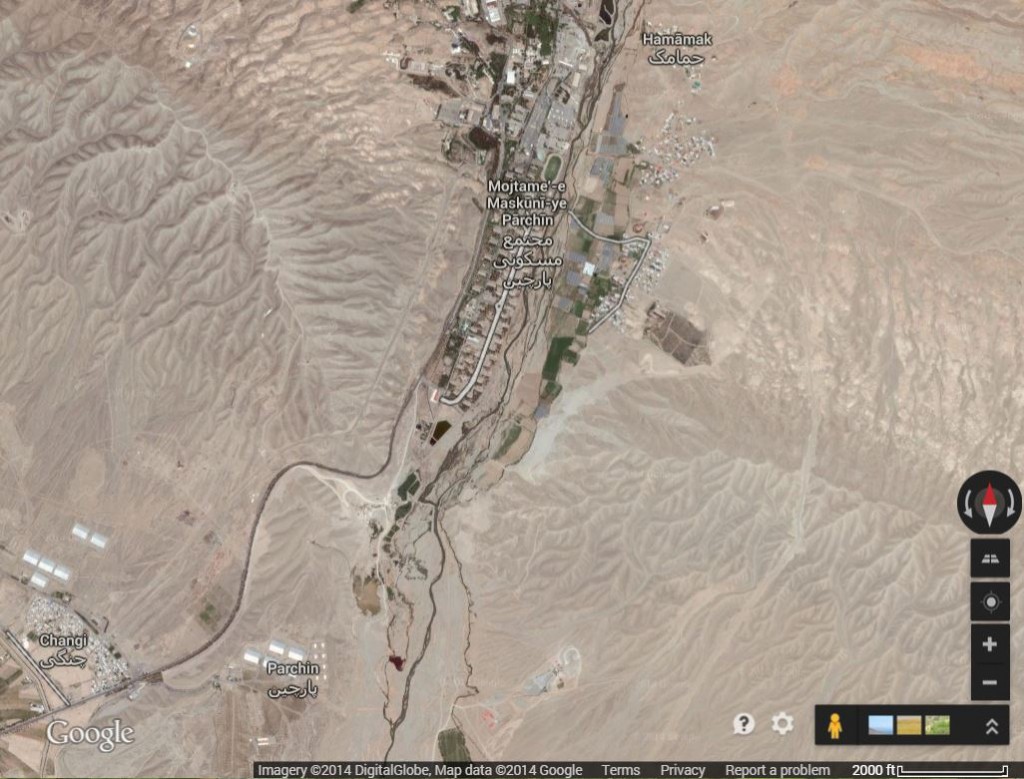Grim “Reaper” News: US Drones Inexplicably Falling From Sky
Craig Whitlock has a long read in today’s Washington Post, digging into the issue of US drones suffering problems while in flight. These problems often result in the pilots having to steer the drones into remote locations to crash because they are unable to return to base:
A record number of Air Force drones crashed in major accidents last year, documents show, straining the U.S. military’s fleet of robotic aircraft when it is in more demand than ever for counterterrorism missions in an expanding array of war zones.
Driving the increase was a mysterious surge in mishaps involving the Air Force’s newest and most advanced “hunter-killer” drone, the Reaper, which has become the Pentagon’s favored weapon for conducting surveillance and airstrikes against the Islamic State, al-Qaeda and other militant groups.
The Reaper has been bedeviled by a rash of sudden electrical failures that have caused the 21/2-ton drone to lose power and drop from the sky, according to accident-investigation documents obtained under the Freedom of Information Act. Investigators have traced the problem to a faulty starter-generator, but have been unable to pinpoint why it goes haywire or devise a permanent fix.
Whitlock goes on to tell us that the Air Force alone saw 20 drones either destroyed or suffer major damage in 2015. Later he also tells us that the Army has its own smaller fleet of drones and it has suffered similar drone catastrophes, with four major crashes last year. Remarkably, if we go to the 20 year history of the Predator drone, Whitlock informs us that about half of the 269 Predators the Air Force purchased have crashed or suffered major damage.
As mentioned above, most of these crashes involve the starter-generator failing. The search for an underlying cause for the starter-generator failures has not been successful:
Working with engineers from General Atomics, investigators identified three parts of the starter-generator that were susceptible to breakdowns. But they couldn’t figure out why they were failing.
No pattern was apparent. Older units had failed, but so had brand-new ones. There was no correlation with operating locations or conditions. The Customs and Border Protection investigation blamed an “unknown factor” that was “likely external.
Oh my. What sort of “external” causes might be at work here? Surely it couldn’t be anything like what Iran experienced in its nuclear program, could it? In a remarkable coincidence, David Sanger has an interesting article today, speculating that US sabotage of Iran’s nuclear program may well have played a role in getting Iran to the P5+1 negotiating table. And, of course, no dirty hippies have ever suggested that US drones might be vulnerable to “external” shenanigans.
Meanwhile, the US is busily installing backup starter-generators on Reapers. Whitlock tells us 47 Reapers have gotten the retrofit and that the backup system so far has been credited with 17 “saves” where the backup kicked in to allow a drone to safely return to base when it otherwise would have been ditched.


